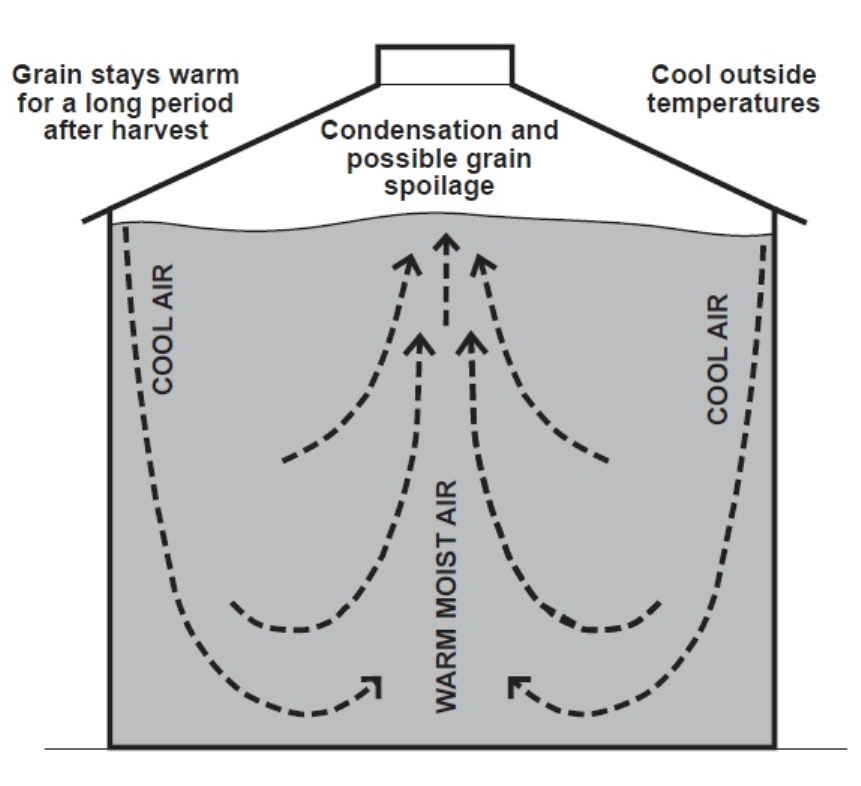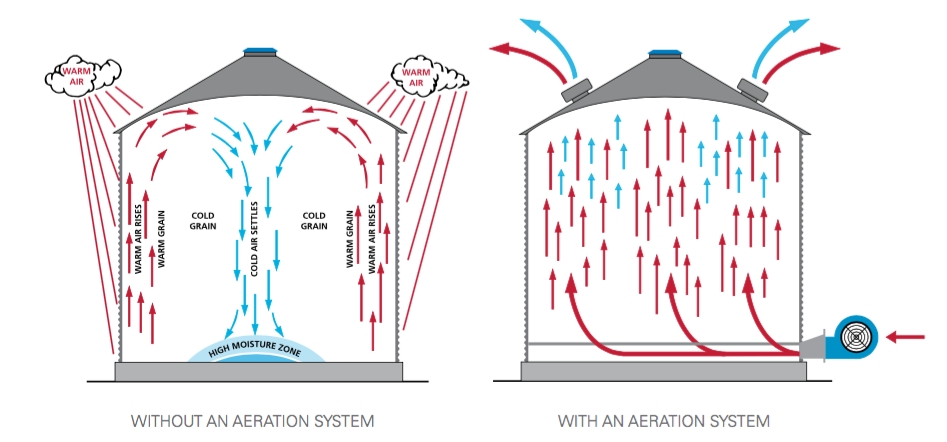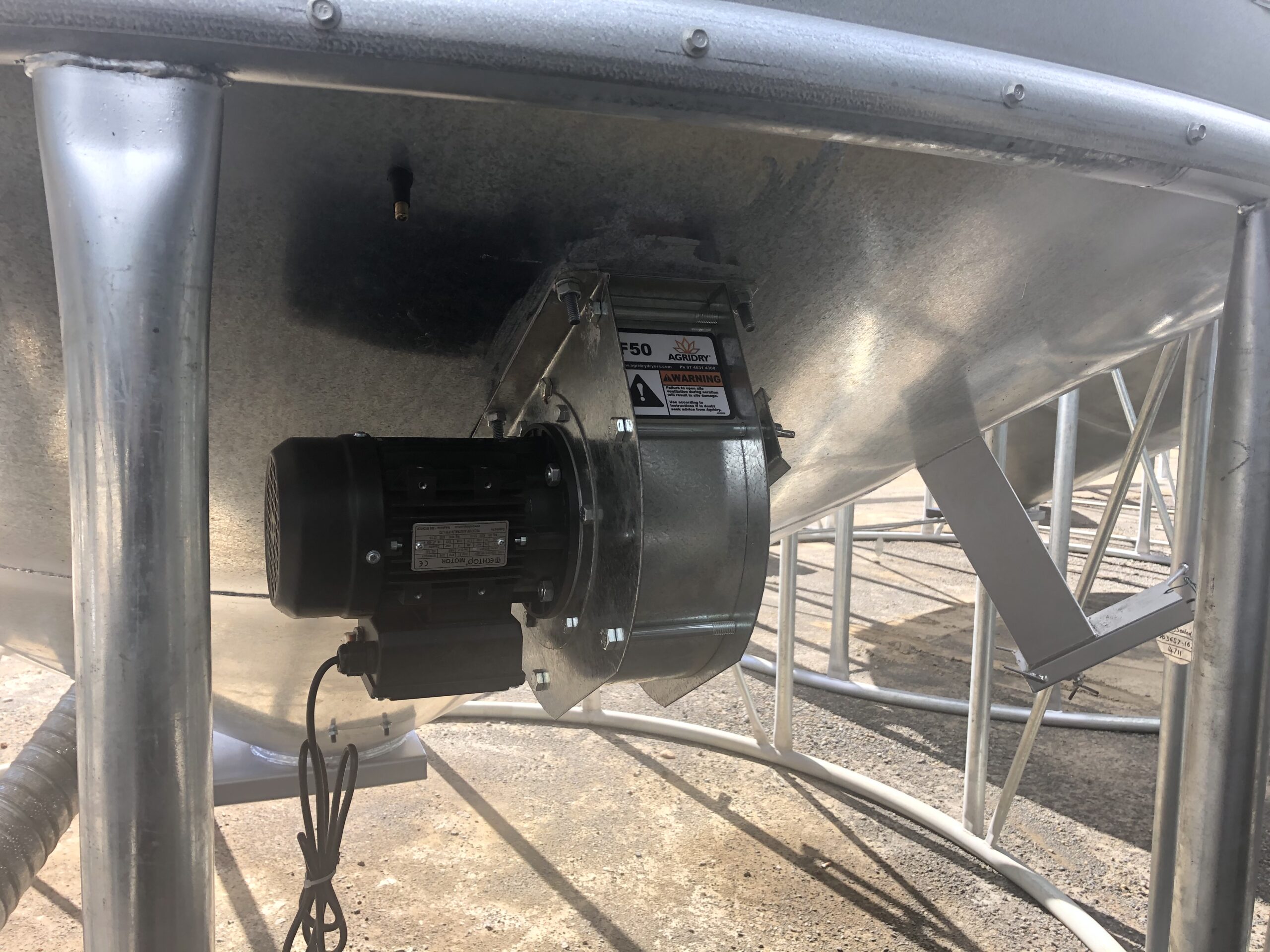Moisture Migration and Maintaining Grain Quality

Welcome back!
I’m sorry I wasn’t around earlier this month, things have been a little hectic but that’s not always a bad thing is it?
I have been hearing a common question while I’ve been out and about lately, being; ‘Why is my silo leaking?’ Very rarely is this actually the case. Ninety nine percent of the time customers are referring to what we know as moisture migration and honestly, it all comes down to lack of grain maintenance.
The trick to not getting yourself into this situation is to treat your grain like its gold. Treat it like you would your most prized possession. Even once your grain is sealed in a clean silo, that doesn’t mean you can just leave it and forget about it. The only time your silo should be sealed is when you’re fumigating. By sticking to this rule you’ll ensure that when the cooler nights set in, the warm grain inside your silo doesn’t start to sweat and in turn cause condensation. The trouble is once condensation is present in a sealed silo, there’s no way of removing it.

The effects of moisture in a silo on grain is huge. The higher the moisture and temperature inside a silo, the greater risk of rapid pest reproduction and mould growth. It will ultimately cause the quality of your grain to deteriorate.
It isn’t all bad news however, as there are measures you can take to ensure your grain is being stored securely and safely to avoid this occurring. I know I keep reminding you to do so but I can’t stress this enough, monitor and maintain your silo on a weekly basis!
The main things to check include the visual appearance of the silo, the smell, the sieve, traps and doors, other storage facilities and any equipment you use to store or move the grain such as your auger. Make sure you tick off these three things:
- Monitor the grain
- Check your seals
- Pressure test your silo (see my old blog > Pressure Testing your Silo)
This link will take you to the ‘Stored Grain’ website. Scroll to page 5 of the document and there you find a specific checklist for every season. http://storedgrain.com.au/wp-content/uploads/2015/07/Checklist-Grower-Storage-Handling-PB-Jun15.pdf.
Monitoring and checking everything on a weekly basis is essential, but so too is having aeration on your silo to ensure cooling. Aeration cooling brings the temperature of the grain down which slows the lifecycles of insects. 20-15 degrees is the ideal temperature you want to aim for. It stops the insect lifecycle altogether. That’s achieved with small airflow rates, about 2-4 litres of air per second, per tonne which can be achieved with little aeration cooling fans.

Don’t forget to stay on top of maintaining your silo and practice good hygiene, as often as you can. It will save you a headache or two in the long run, trust me.
I’ll be back with you all soon.
Steve, the Silologist.


